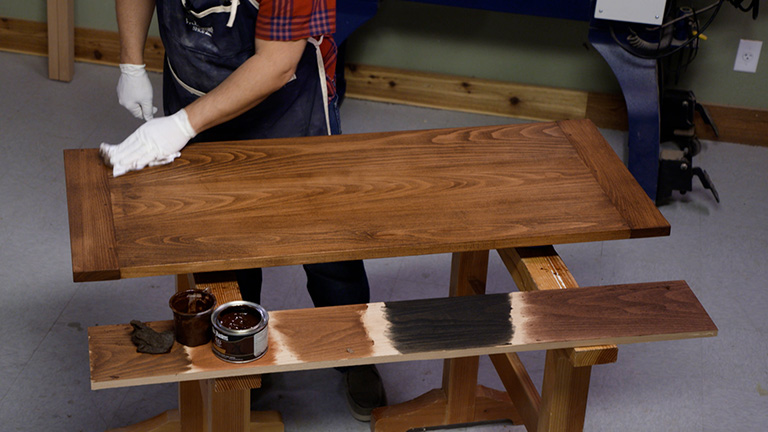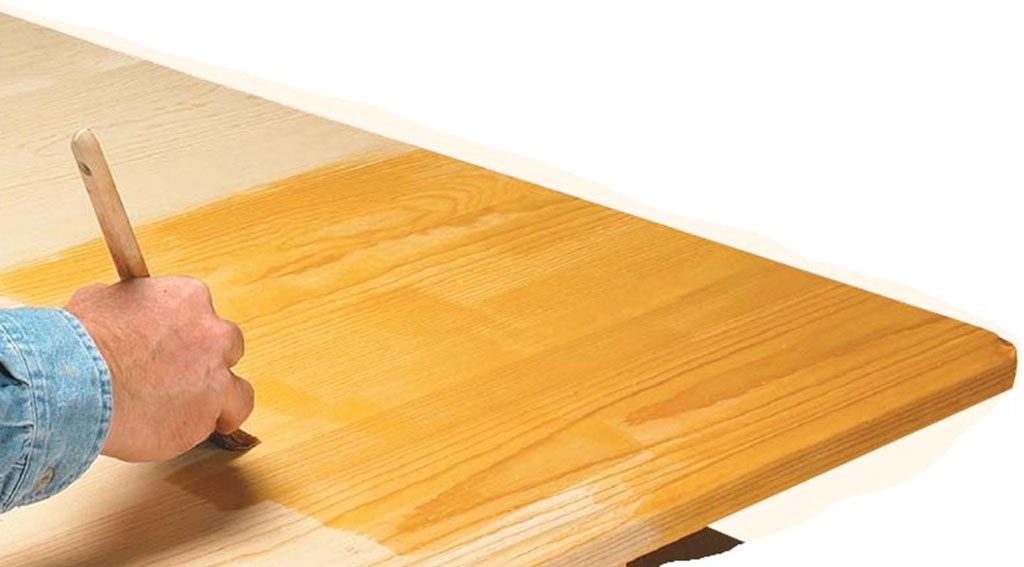
When it comes to sanding curved workpieces, a sanding drum can save you a lot of time and effort. But using a sanding drum in a drill press can present some problems. Even with patience and good technique, it's easy to burn a workpiece and ruin the sandpaper sleeve. The problem is the heat generated by sanding is concentrated on one small section of the drum.

An oscillating spindle sander solves the problem by moving the sanding drum up and down, exposing more of the surface of the drum to the workpiece. The result is a smoother edge on your workpiece, free of burn marks.
Oscillating spindle sanders have been in use in production shops for years. But these industrial floor units were too large and expensive for most small shops. A number of newer benchtop sanders, however, are both affordable and effective. Your choice of an oscillating spindle sander will probably come down to price and features.
POWER The first thing you'll notice as you look at benchtop spindle sanders is that they don't offer tons of horsepower. But the fact is, they don't really need it. Many good machines are found in the l/4 - 1/2 hp range. And that's plenty of power for the task.
TABLE TOP Like most power tools, a solid, flat top is critical for getting good results. That's why several models feature cast iron tops. One way to keep the prices down is to use cast aluminum instead. Either one is suitable.
I think the size is a bigger factor. A 16" top is about as small as I feel comfortable with. This allows me to sand large workpieces without fear of them tipping as I work.
DRUMS The drum is the workhorse of the oscillating spindle sander. Basically, it’s a rubberlined, steel cylinder that fits over the spindle of the sander. Tightening a nut on the end of the spindle compresses the drum and causes it to expand slightly, holding the sanding sleeve in place.

Typically, sanding drums for benchtop sanders range in diameter from 1/2" up to 3". The drums are easily removeable from the spindle, so you can quickly swap one sleeve for another depending on the radius of the curve you're sanding. Some sanders have twistlock drums, while others require a tool to make the change.
Along with each size of drum is a corresponding insert, which fills in the gap between the drum and edge of the opening tabletop.

ON-BOARD STORAGE With so many drums, sleeves, and insert plates, it's handy to have a place on the machine to store them. This helps keep the clutter off your bench.

DUST COLLECTION You'll be making lots of dust with a spindle sander, so dust collection is a must. Most models feature a small port that allows you to connect the sander to a shop vacuum (photo above).
TECHNIQUE The toughest thing to get used to with these sanders is how aggressive they can be. The key is to keep the workpiece moving along your line. You want to avoid pushing the workpiece into the drum. Instead, take light passes along the length of the workpiece. Stopping can result in sanding past a line or making scalloped marks in an edge. It's a good idea to practice sanding to a line on some scrap before working on a project.

Sanding curves doesn't have to be a chore. Once you've gotten used to using an oscillating spindle sander, you'll wonder how you ever got along without one.
Worth a Look:
Ridgid Oscillating Spindle/Belt Sander

A spindle sander can be a handy addition to your shop. But imagine how useful it would be if you also incorporated an oscillating belt sander into the same tool. That's just what Ridgid did with their combination benchtop sander. And with at a reasonable price, this is a tough act to follow.
As you can see in the photos, the unit also has plenty of on-board storage in addition to a sizeable worksurface. Weighing in at 40 lbs., it's light enough to move around as needed, but still solid enough to run without much vibration. However, the greatest feature is the ease of changing between the spindle and the belt sander. Everything is easily accessible and the change can be done in a few seconds — no tools required. All in all, this combination oscillating spindle and belt sander is perfect for just about any small shop.












